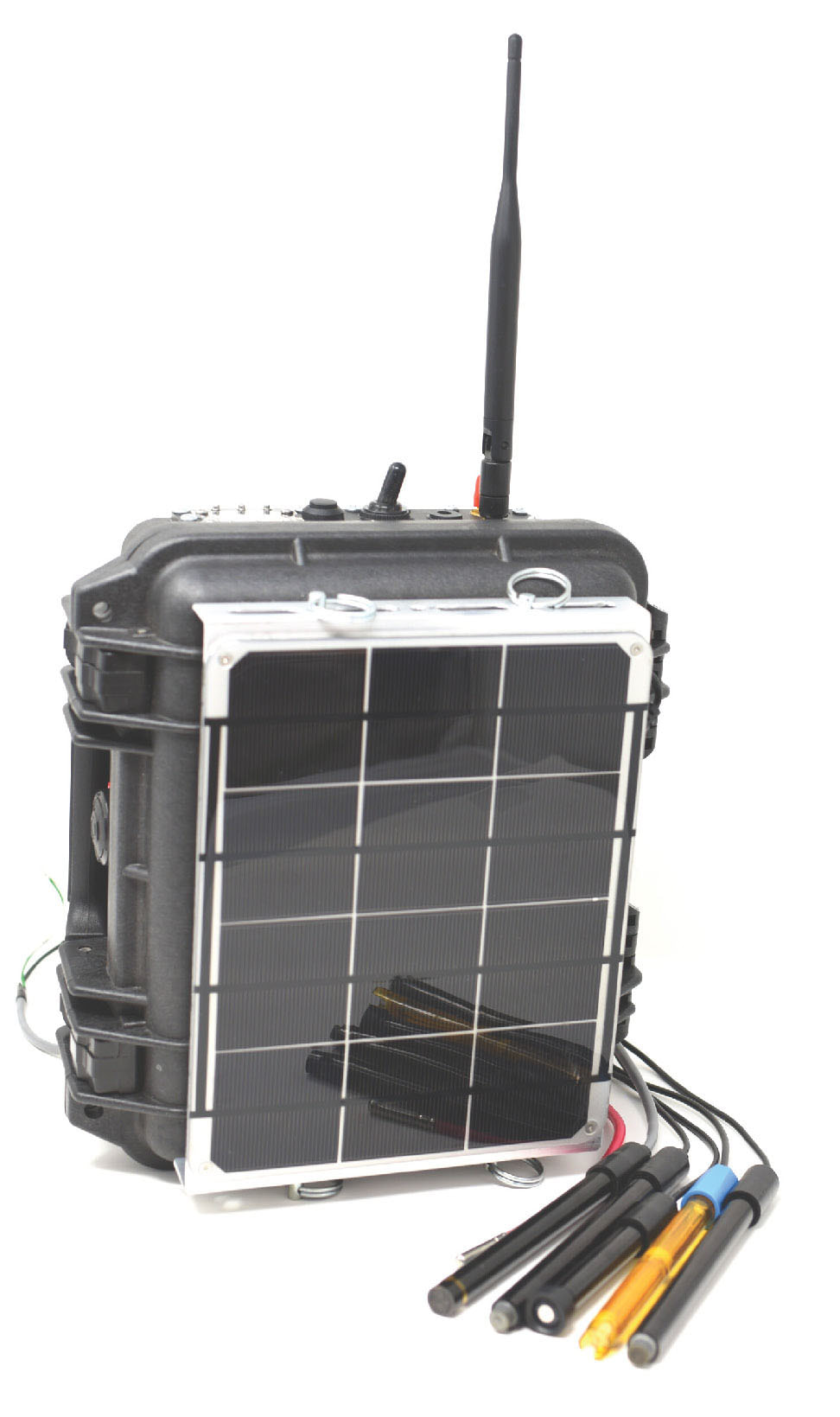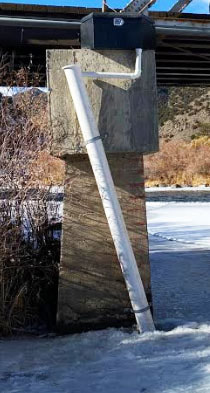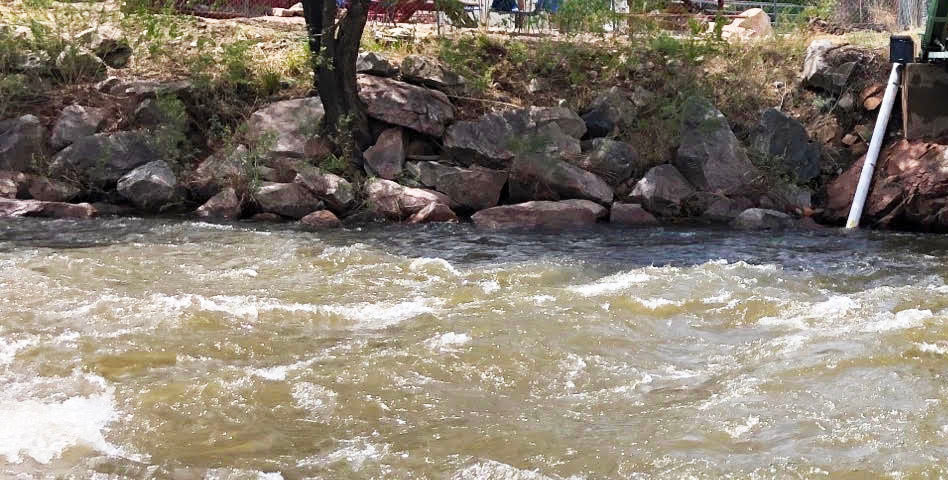The health and function of a watershed is tied to the condition of its forests. Forests blanket much of the of the rugged mountains of the Southern Rockies - the upper reaches of the water collection and distribution system that is a watershed. Forests filter water as it comes down the mountain from snowmelt and storms in the alpine. The forest's trees, soils and shade hold water, protecting it from evaporation, and slowly releasing it to the animals, plants, lands and people that rely on it.
Dying, overstocked, or intensely burned forests are damaged, translating to reduced function of the watershed. Impacts of overuse that cause erosion, loss of vegetation and habitat, or contamination of water translate to impairments that ripple throughout the watershed, affecting the entire system. These impacts directly affect wildlife and fisheries, plant communities, recreation, agricultural producers and all waters users downstream.
Because forest health, wildfire and watershed health are inextricably linked, ARWC engages in projects that holistically view the entire watershed as a system – each part equally important as the others and with changes to each part impacting all the others. Because people are a central part of this system, we work with the communities that depend on and care for the water that sustains them.
Dying, overstocked, or intensely burned forests are damaged, translating to reduced function of the watershed. Impacts of overuse that cause erosion, loss of vegetation and habitat, or contamination of water translate to impairments that ripple throughout the watershed, affecting the entire system. These impacts directly affect wildlife and fisheries, plant communities, recreation, agricultural producers and all waters users downstream.
Because forest health, wildfire and watershed health are inextricably linked, ARWC engages in projects that holistically view the entire watershed as a system – each part equally important as the others and with changes to each part impacting all the others. Because people are a central part of this system, we work with the communities that depend on and care for the water that sustains them.
WATER QUALITY & QUANTITY PROJECTS
Post-Fire Water Quality Monitoring
As part of post-fire recovery efforts following the Decker Fire, ARWC partnered with River Science, Cañon City Water Department and Colorado Springs Utilities to install monitoring equipment to detect water-quality issues that threaten drinking water supplies and infrastructure. These water sondes, located on the Arkansas River between Salida and Cañon City, include sensors that monitor river water for things like turbidity, pH and dissolved solids.
As flash floods demonstrated following the Hayden Pass Fire in 2016, post-fire precipitation and sediment runoff can rapidly undermine water quality and damage downstream drinking-water infrastructure. The water sondes can detect degraded water quality and transmit real-time text and email alerts through a satellite uplink, warning water utility managers of these threats in time to prevent degraded river water from damaging critical water infrastructure and requiring costly additional treatment.
The water sondes, developed by River Science, provide a proactive, cost-effective solution to post-wildfire water quality issues that threaten drinking-water supplies.
As flash floods demonstrated following the Hayden Pass Fire in 2016, post-fire precipitation and sediment runoff can rapidly undermine water quality and damage downstream drinking-water infrastructure. The water sondes can detect degraded water quality and transmit real-time text and email alerts through a satellite uplink, warning water utility managers of these threats in time to prevent degraded river water from damaging critical water infrastructure and requiring costly additional treatment.
The water sondes, developed by River Science, provide a proactive, cost-effective solution to post-wildfire water quality issues that threaten drinking-water supplies.





